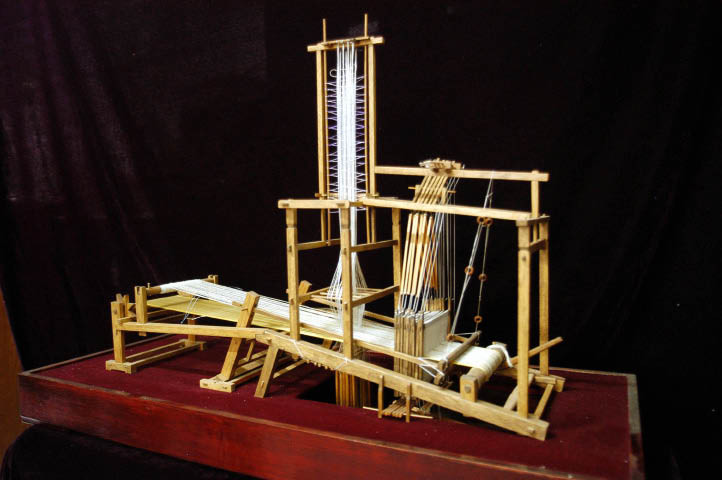Life and Silk, Intertwined Qian Xiaoping, Inheritor to the Song Brocade Tradition
Life and Silk, Intertwined
Qian Xiaoping, Inheritor to the Song Brocade Tradition
By staff reporter JIAO FENG
SILK is synonymous with China. Chinese people started making the fine fabric around 4,700 years ago, and have been constantly improving their techniques ever since.
The dozen varieties of silk are differentiated from each other essentially by processing techniques. Today, silk is everywhere in our lives. It is in our clothes, scarves, ties, bags – and in some cases even in our bodies in the form of artificial blood vessels and artificial skin.
Among all types of silk, it is brocade that requires the most complicated processing techniques. A jacquard fabric with intricate, multicolored patterns, it was of such value in ancient times that it was occasionally used as a substitute for currency.
Of all the brocade produced over the millennia, the Song Brocade in Suzhou, the Yun Brocade in Nanjing and the Shu Brocade in Sichuan are noted as pinnacles of the craft. The Song Brocade originated in the imperial court in the 12th century. Emperor Gaozong (1107-1187) of the Southern Song Dynasty (1127-1279) promoted the brocade by featuring it in all his court’s dress. Every calligraphy and painting mounting in his court was required to be completed in the brocade style.
 |
| A loom of the Song Dynasty reproduced by Suzhou Silk Museum. CFP |
The Song Brocade prospered from the 14th to the 19th centuries. As the 20th century came around, industrialization and years of war saw the technique fall into disuse, and 800 years of tradition was threatened with extinction.
If every story has its hero, then ours is certainly Qian Xiaoping – the 73 year old is one of the few modern-day custodians of the Song Brocade legacy.
After graduating from Suzhou Silk Technical School at age 19, Qian started working for the Silk Research Institute in Suzhou, Jiangsu Province. There, she brought the techniques of Song Brocade back from the edge of extinction. Later in her career, she helped open the first silk museum in China – the Suzhou Silk Museum, and invented China’s second-generation textile artificial blood vessel.
For her work, Qian has gained renown both at home and overseas. She is the honorary president of the silk museum in Vierzon, France, and is regarded as one of the top four silk experts in the world.
Bringing back Song Brocade
China has a long history of silk textile processing, but before the establishment of the Suzhou Silk Technical School (later renamed Suzhou Institute of Silk Textile Technology, and in 1997 integrated into Soochow University), there was no organization doing silk research or experimenting with the fabric. Skills and techniques had been passed down from master to apprentice. And so, after graduating from the newly founded school, Qian Xiaoping became one of the first of a new batch of “silk textile professionals.”
During her school days Qian gradually fell in love with the exquisite, elegant luster of silk. She was amazed that such a marvelous natural material could be transformed into colorful patterns, thin or thick, smooth and soft, or with natural ruffles. From that time, Qian’s life has been dedicated to silk.

